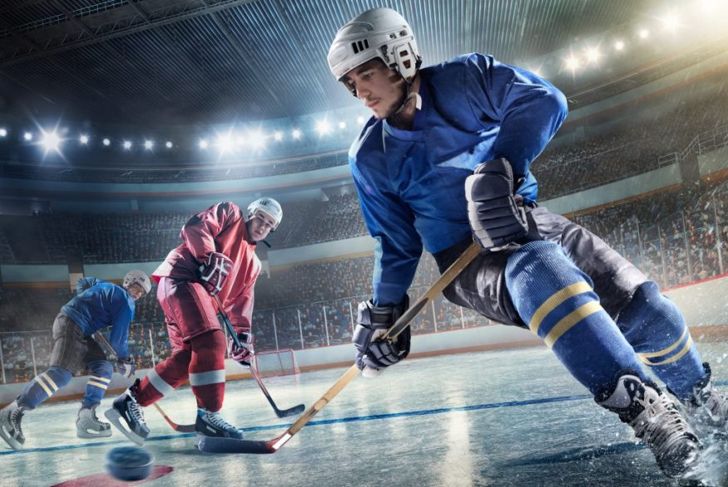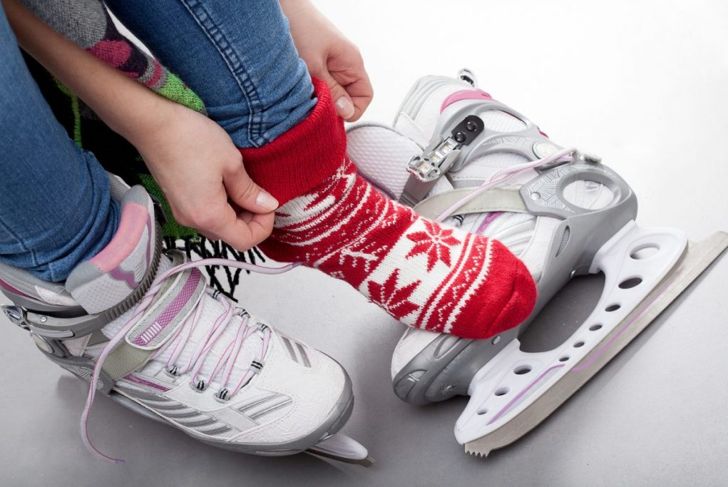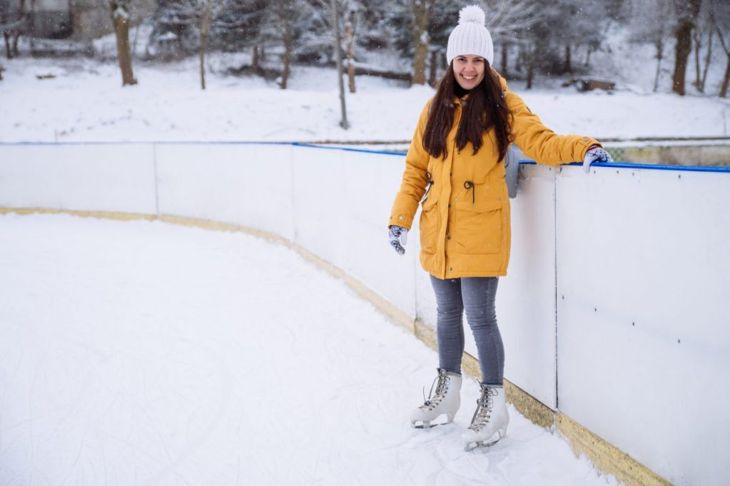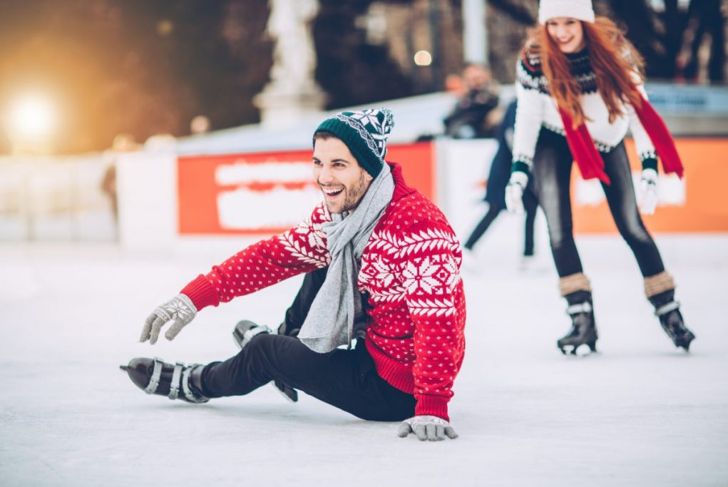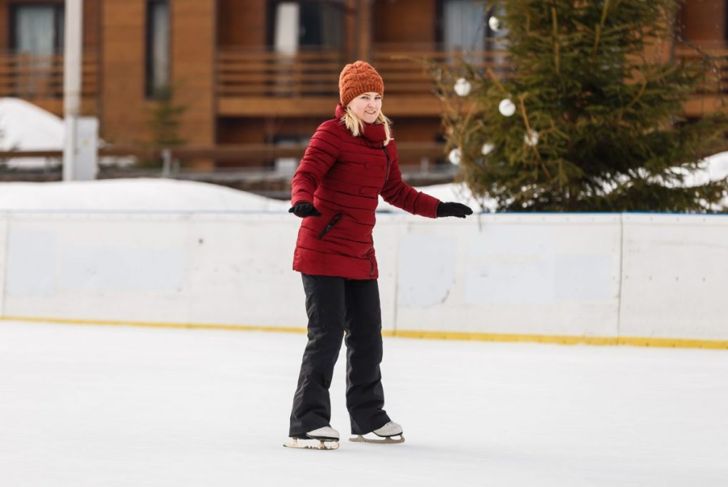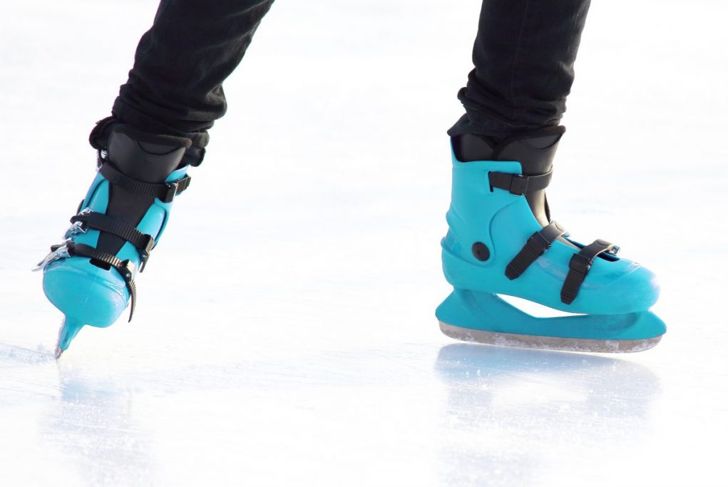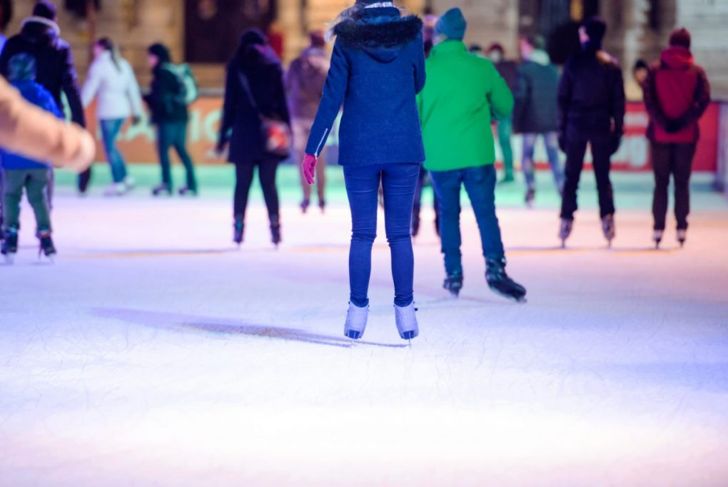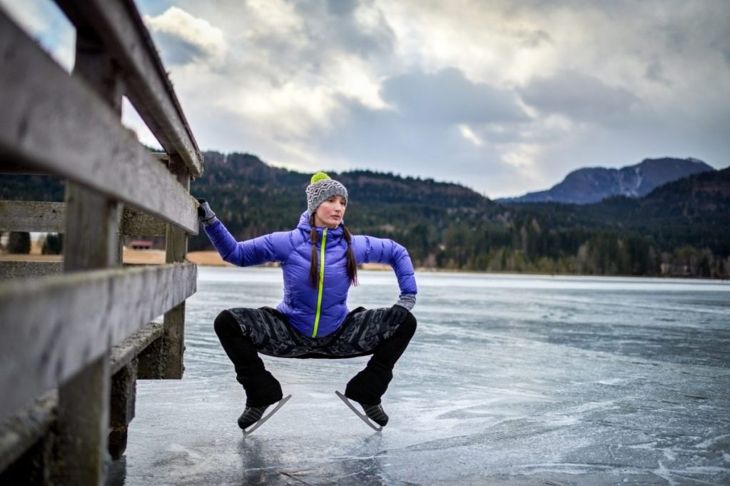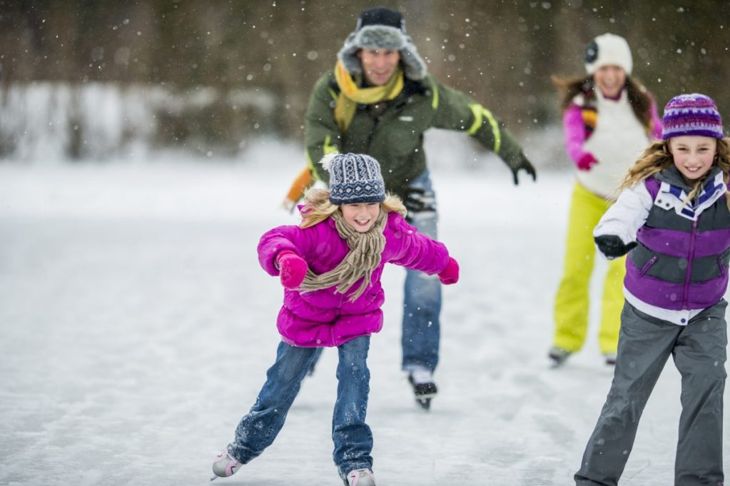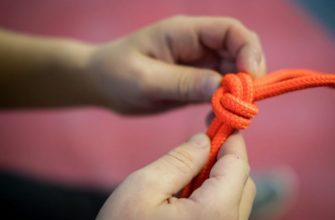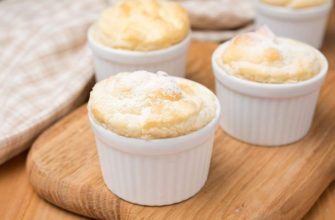Professional ice skaters make it look so easy. Whether it’s the figure skater gliding and dancing effortlessly around the ice, or a hockey player speeding around the rink, it’s inspiring to watch. The thought of giving it a go may intimidate you or fill you with dread. But the reality is that ice skating is a fun activity that you can take up at any age. With the right preparation and by learning a few basic steps, you’ll be gliding around the rink in no time at all.
Wear the Right Gear
Skating on ice is a cold activity, but it’s also very physical so you’re likely to sweat. As a beginner, you’re also likely to spend a lot of time sitting and kneeling on the ice as falling over is, unfortunately, inevitable. Dressing appropriately is important. You don’t want to wear a big coat or jacket as they are too bulky. Lighter clothes will allow you to move around freely, and they won’t become heavy when wet. Wear layers so that you can remove them as you warm up.
Find the Right Fit for Your Ice Skates
When starting out, don't buy your own skates. You can rent a pair from most ice rinks for a small fee. Ice skates are available in a whole range of shoe sizes, but there is a chance the rink won’t stock your exact size. Bring a couple of pairs of socks along to pad out your rental skates if you have to go up a size. The extra padding makes them less roomy, prevents blisters, and will keep your feet extra warm. The skates should feel comfortable, and the laces tied tightly. If you eventually get the ice skating bug, you may want to invest in your own skates. They will fit much better, give good support, and improve your performance on the ice.
Getting onto the Ice
Getting onto the ice is usually the most daunting part of learning to ice skate. If you’re at a busy rink, wait for a break in the skaters before stepping onto the ice. Keep your knees slightly bent and hold onto the handrail. Standing and balancing on two blades is not the easiest thing to do, so take your time to get used to it. When you’re ready, move away from the handrail.
Practice Falling Over
Falling over is a natural part of learning to ice skate. Therefore, it's important that you practice how to fall and get up again to prevent injuries. Bend your knees and get into a squat position. Now fall to the side, leaning slightly forward as you do so, keeping your hands into your body. Turn onto your hands and knees and, one at a time, place your feet between your hands. Gently push yourself back upright and you should be good to go.
Time to Glide
It’s time to move forward and start gliding on the ice. Begin by marching in place and then progress to stepping forward while marching. Next, pretend you’re riding a scooter along the street and try pushing yourself along with the right foot. You may want to put your arms out in front of you for balance. Once you have the hang of it, try with the left foot. Then alternate the feet. Push with the right, rest on both feet, push with the left. After a few tentative scooter steps, you will no longer need the rest in the middle and you are ice skating!
Learn to Stop
As you move around the ice you’ll be faced with the next dilemma. How do you stop? You could safely fall over, but learning to stop is much easier! Keep the blade on the ice, your toe pointed slightly inward, and push your foot out sideways. Try the movement standing still first before trying to stop while skating. You can also come to a gradual stop by pointing both toes inward, similar to the ‘snowplow’ when skiing.
Don’t Lean Back and Don’t Look Down
The worst thing you can do when ice skating is lean back as you are likely to end up falling on your butt. Keep your knees bent and lean slightly so your weight is forward. The second worst thing to do when learning to ice skate is to look down. It’s always tempting to keep an eye on your feet to make sure they're going in the right direction, but you have to look ahead of you so you don’t end up colliding with someone – or something – in front of you.
Warm-up Before You Ice Skate
As with all aerobic exercises, you should warm-up beforehand. Being in a cold environment means your muscles will also be cold, so it's best to wrap up warmly too. Begin by doing gentle bends before working up to stretching. You may see experienced and professional skaters throw their leg over the barrier and start stretching. This is not a great idea as it can lead to muscle tears, especially when the muscles are cold.
Ice Skating Is Good for Your Health
You may not realize it as you fall for the tenth time, but ice skating improves your overall health and wellbeing. It’s a really good aerobic workout that helps strengthen and tone leg muscles, keeping the joints flexible. You should notice an improvement in your coordination, balance, stamina, and endurance.
Have Fun!
It takes a lot of practice to master the art of ice skating, so visit the ice-rink as often as possible. But remember, don’t take it too seriously. Ice skating is meant to be a fun activity you can enjoy with friends and family. Don’t be embarrassed if you look like Bambi and end with your legs akimbo. Everyone falls over at some point–it’s all just part of the fun!

 Home
Home Health
Health Diet & Nutrition
Diet & Nutrition Living Well
Living Well More
More